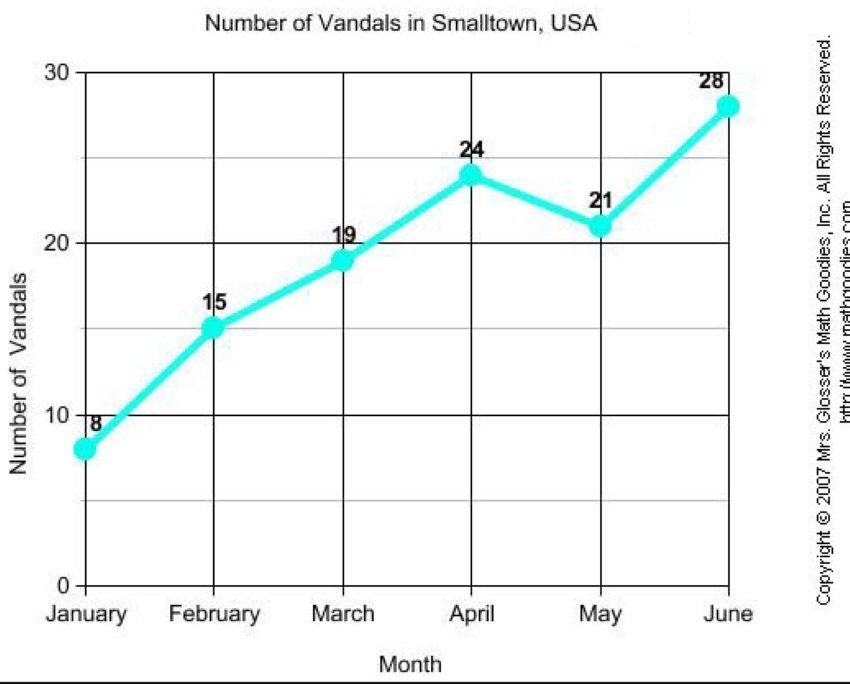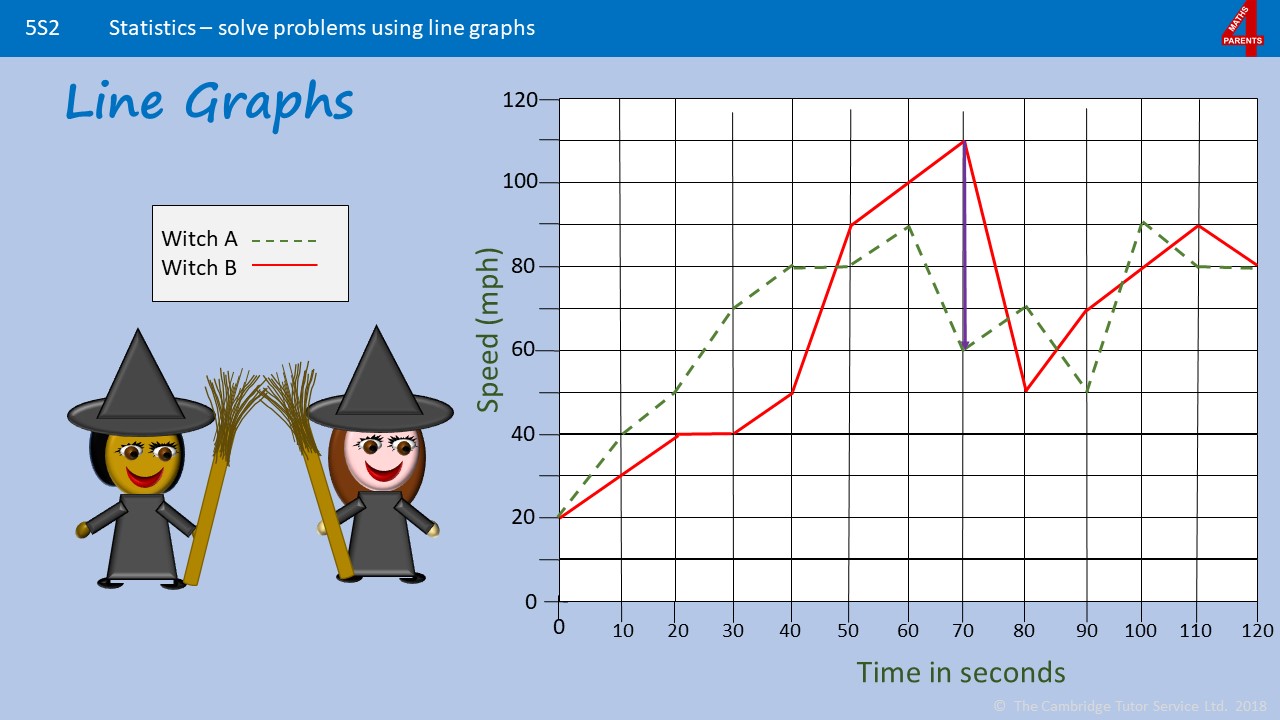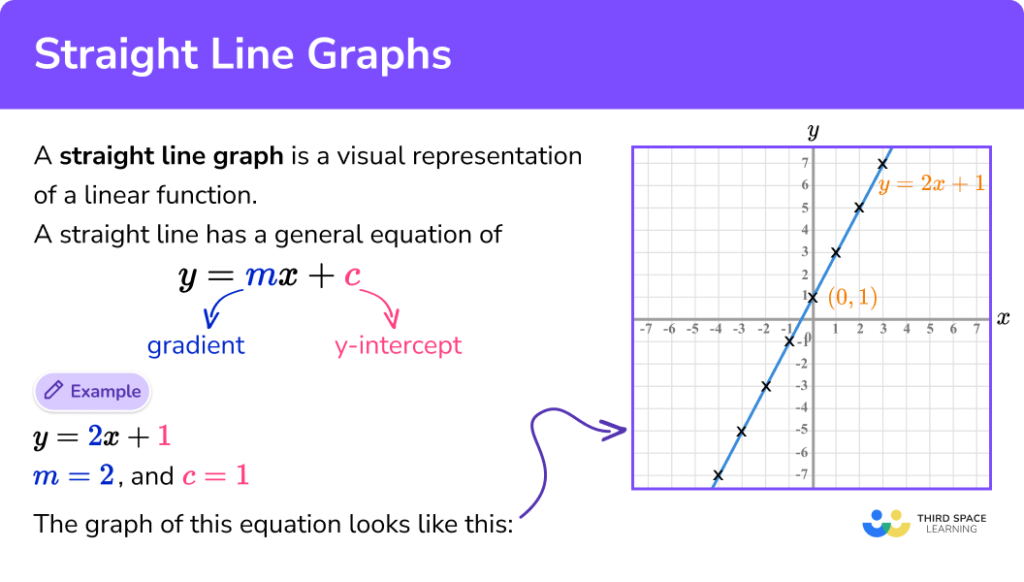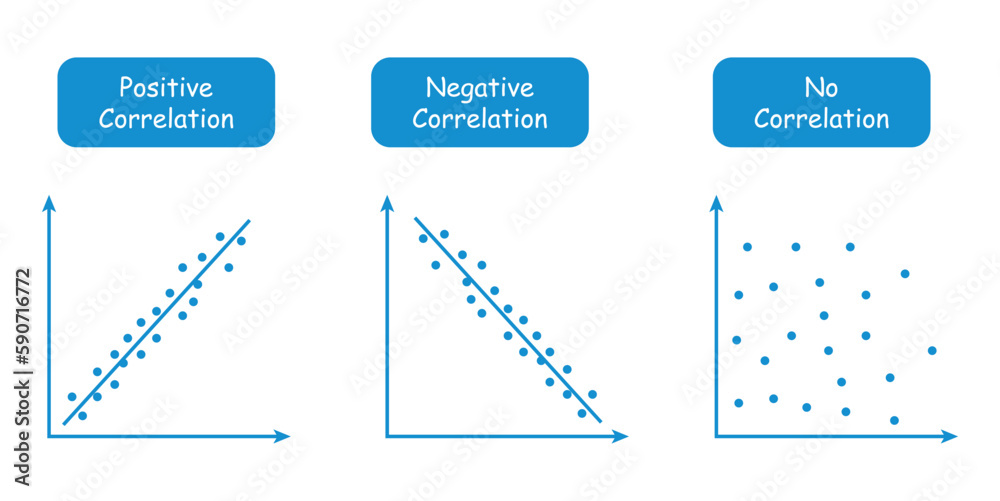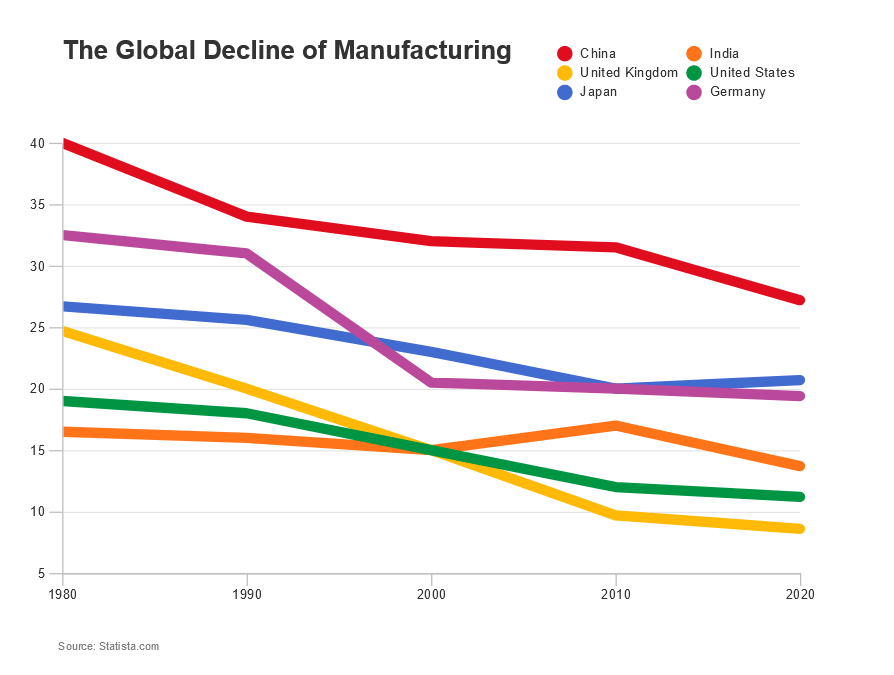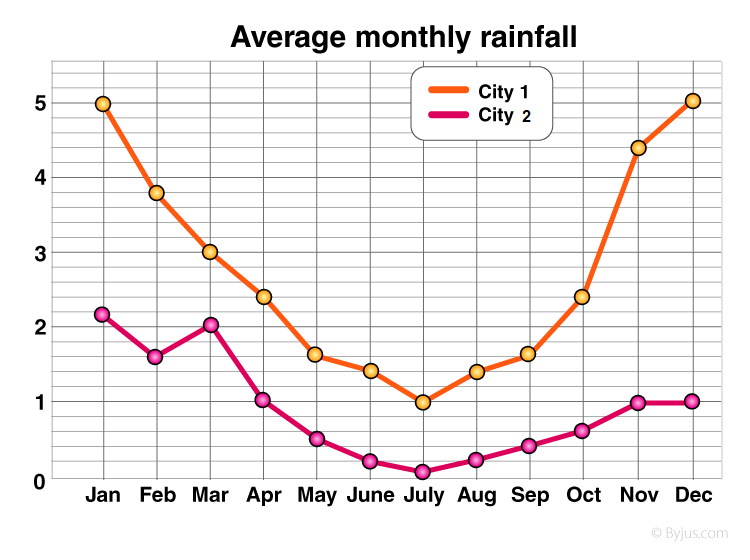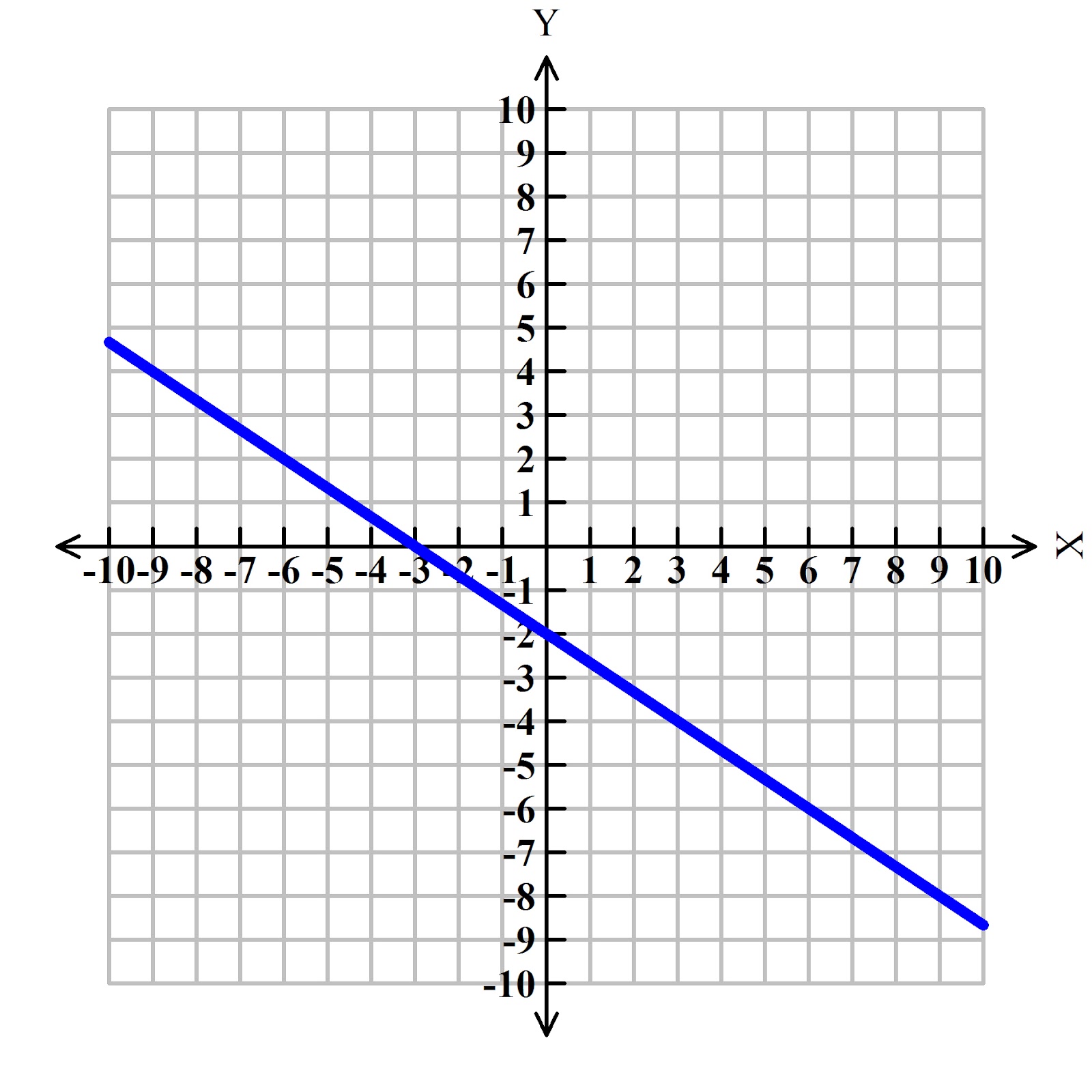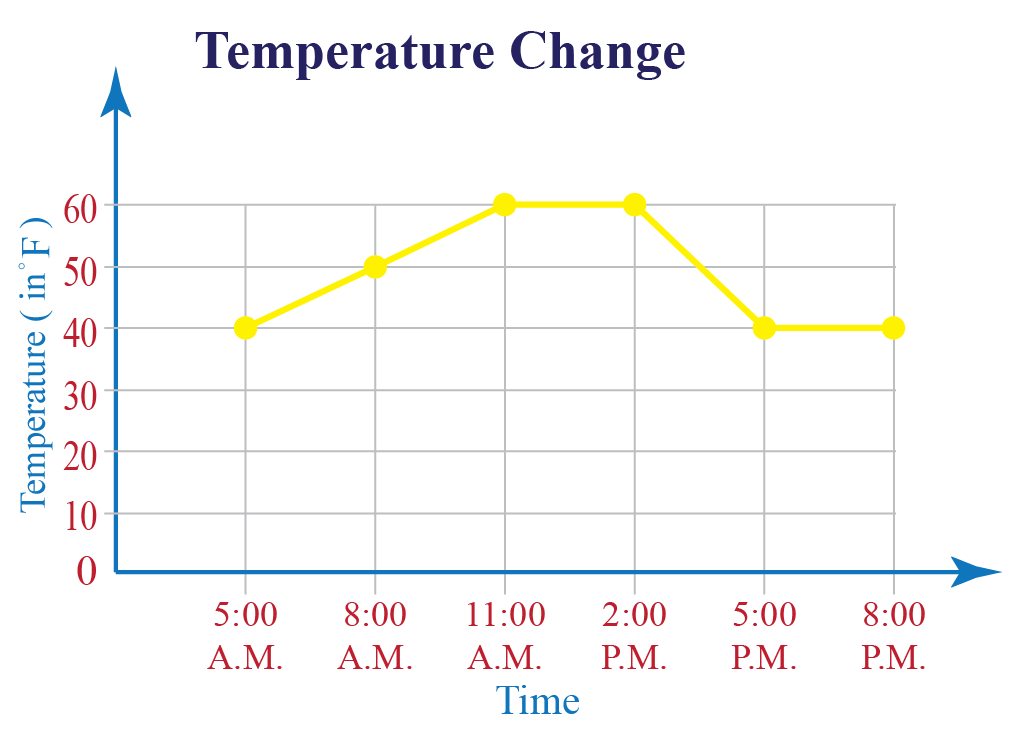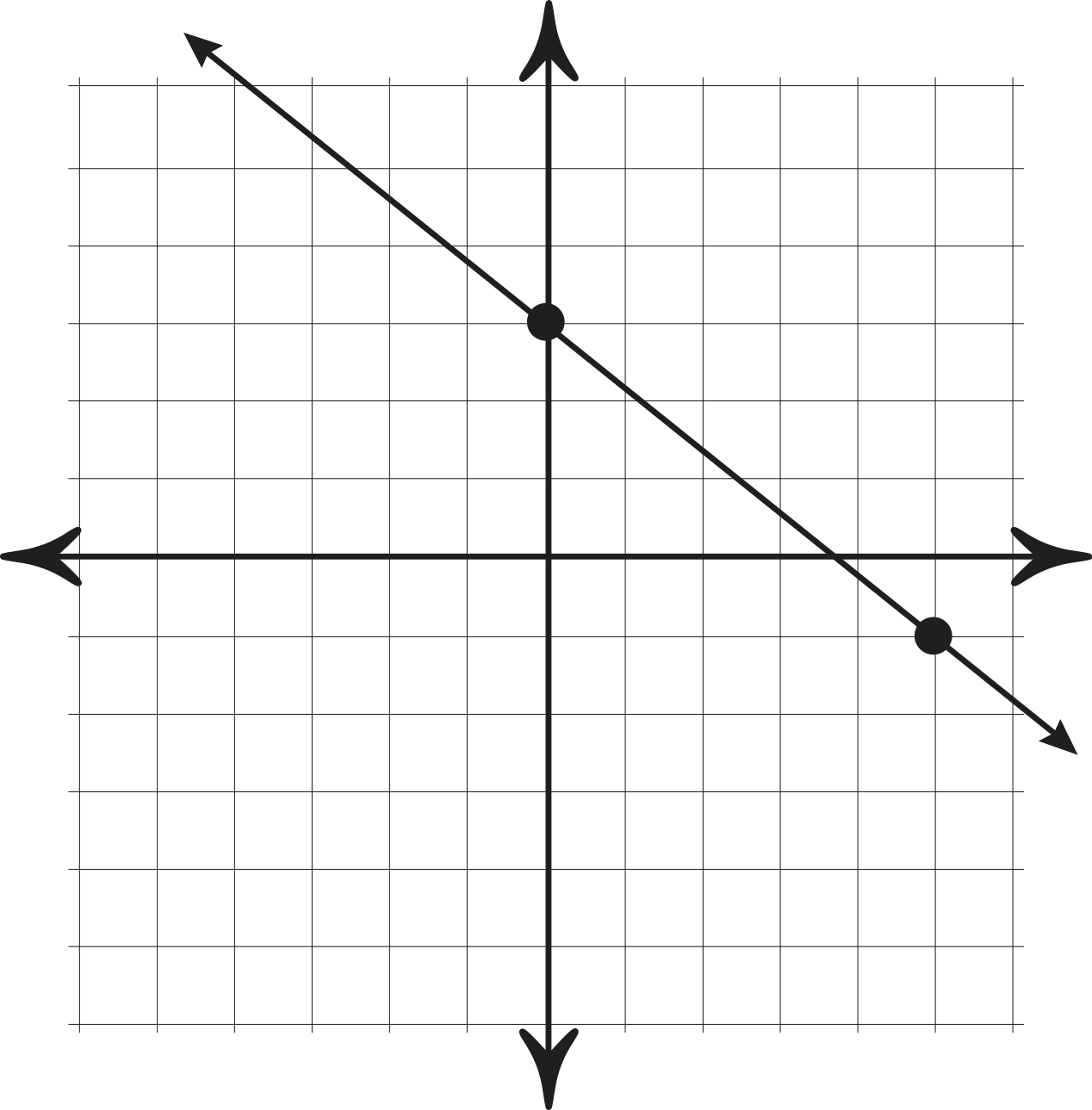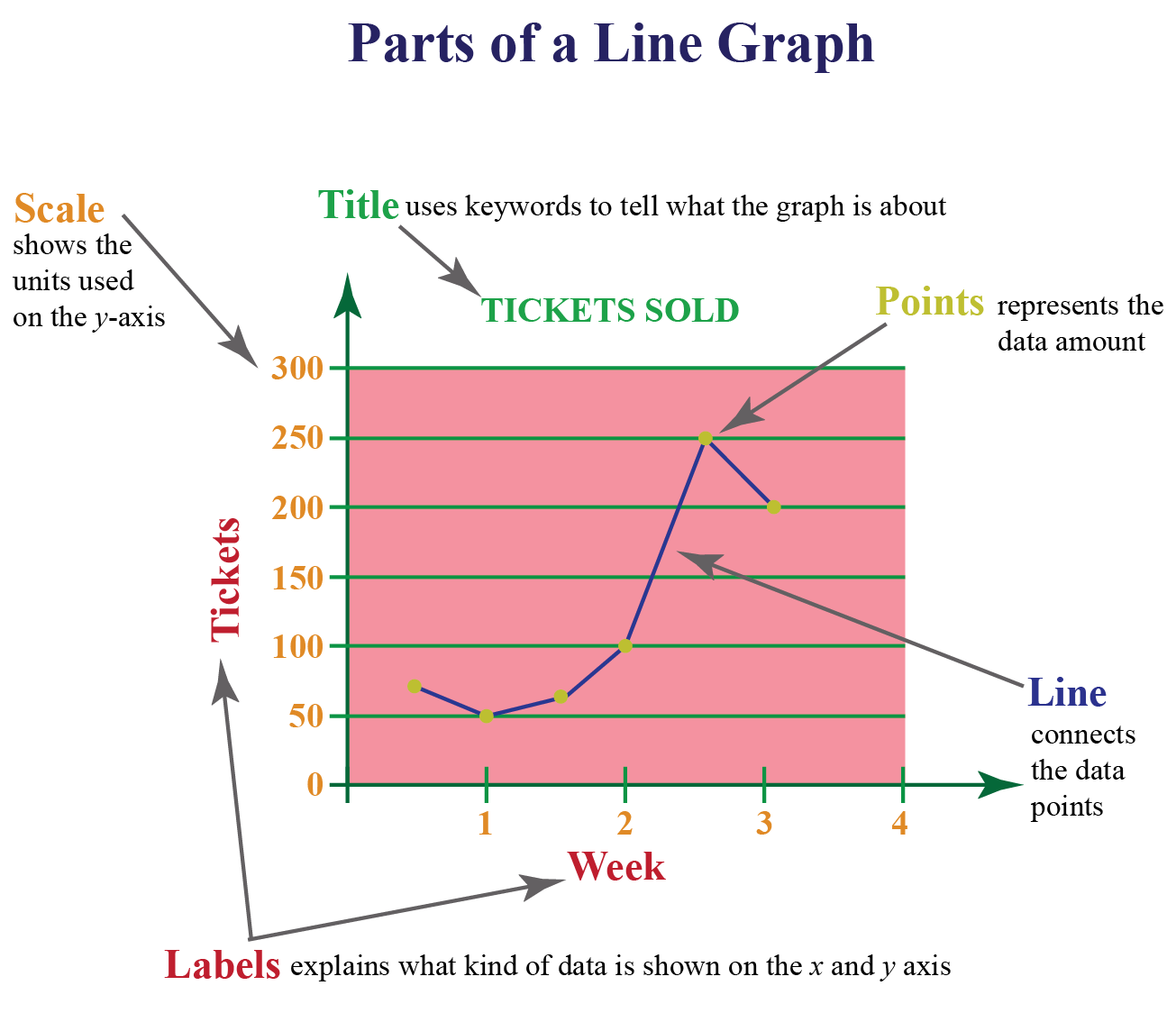Who Else Wants Info About What Are The Positives And Negatives Of Line Graphs Dynamic Reference Power Bi

It represents the change in a quantity with respect to another quantity.
What are the positives and negatives of line graphs. It is easy to prepare. A line graph, also known as a line chart, is one of the most universal and intuitive types of charts for representing data that changes over sequential breaks. Graphs, charts and maps can be used to show geographical information.
The points or dots on the graph represent the (x,y) coordinates or ordered pairs. For example, it might take middle school or high school students several minutes to read, digest, interpret and map a word problem. A line graph—also known as a.
Each type of graph is suitable for particular data sets. Let us think about numbers as balloons (positive) and weights (negative): Recently, graph neural networks have gained significant attention, primarily due to their strong suitability for predicting complex relationships that exist between atoms and other molecular structures.
Try the sliders below and see what happens: .positive when − 1 < x < 1. This basket has balloons and weights tied to it:
Subtracting positive and negative numbers means that you add the opposite numbers, or additive inverse. The balloons pull up ( positive) and the weights drag down ( negative) After you plot your points, you connect them with a line to better illustrate their overall trend.
You can plot it by using several points linked by straight lines. For example, the price of different flavours of chocolates varies, which we can represent with the help of this graph. A line graph is a unique graph which is commonly used in statistics.
Updated on january 26, 2020. Good visual impression of trends and changes. Positive integers have values greater than zero.
Requires little explanation. Whole numbers, figures that do not have fractions or decimals, are also called integers. A line graph, also known as a line chart or a line plot, is commonly drawn to show information that changes over time.
In general, this is calculated by using the following equation: The graphs also may have advantages and disadvantages. Much of the data collected will be presented in the form of graphs of some form.
Three ways how to graph a line. Visual graphs provide clues that words and equations don't. A line graph uses lines to connect data points that show quantitative values over a specified period.


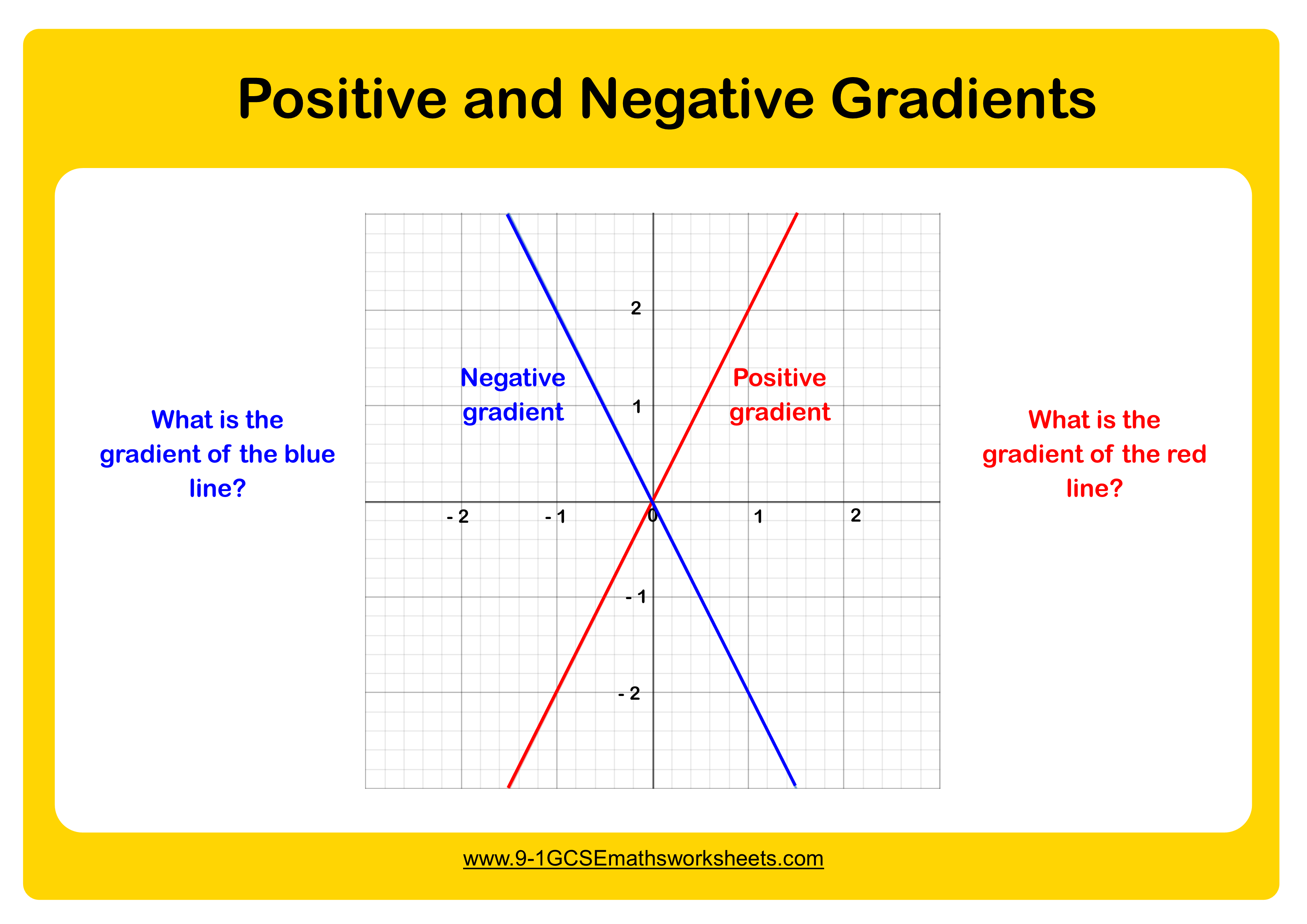


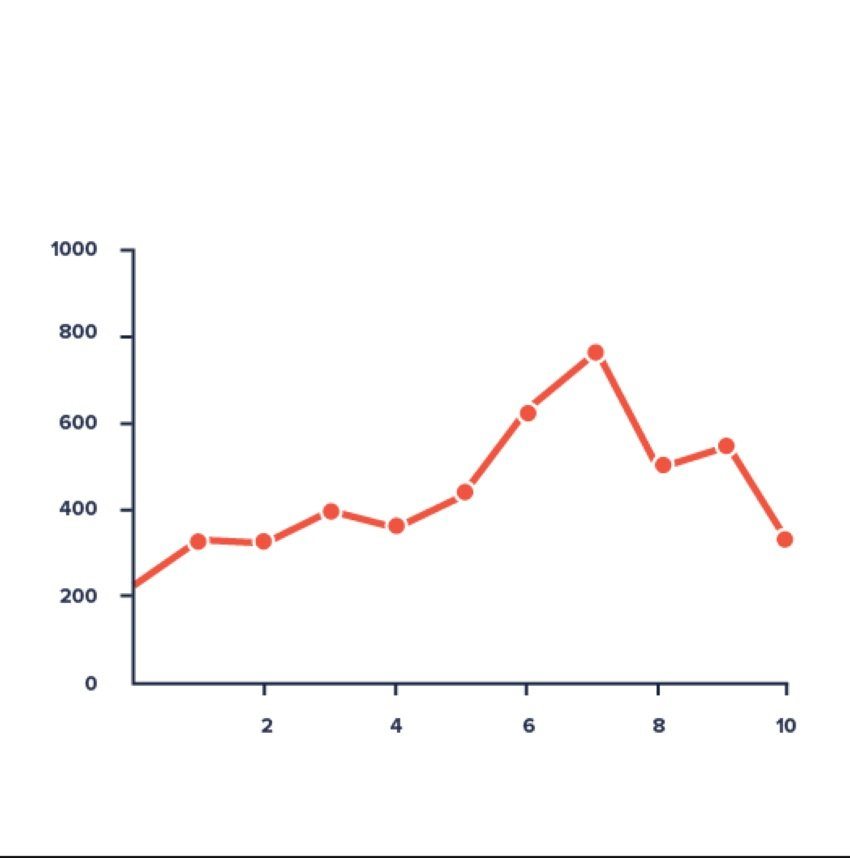

![[Solved] ggplot line graph with different line styles and 9to5Answer](https://i.stack.imgur.com/kkxBt.png)



